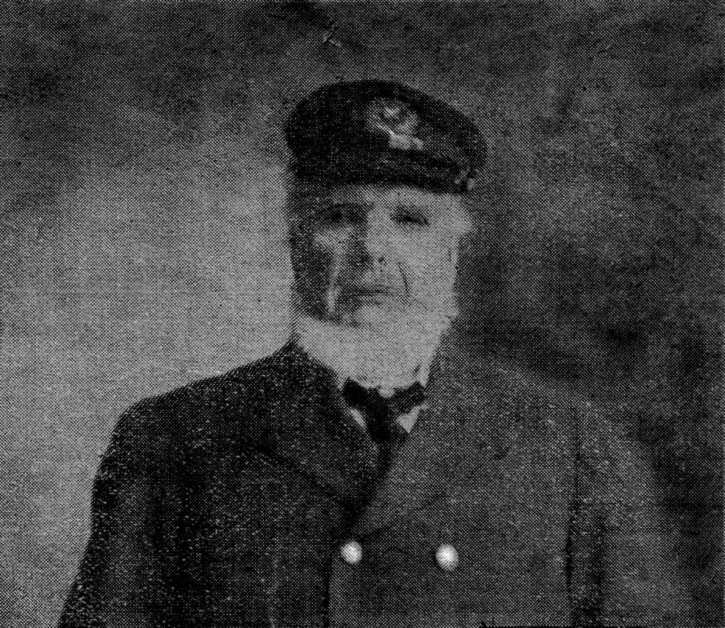Seafaring stories abound on the west coast of North America, but perhaps none are more remarkable than the life of mariner Captain James Christensen. Born in Denmark in 1840, James Christensen’s west coast career began in 1864 when he arrived in the port of Victoria as bosun on the German vessel King Oscar. When the ship departed, Christensen did not.
By 1868 Christensen was captain of the Surprise, a two-masted coastal schooner carrying trade items such as blankets and engaged in transporting Roman Catholic priests and supplies for missions. They sailed as far afield as the Sandwich Islands for molasses.
The 55.5 foot Surprise was the first vessel to engage in the pelagic seal hunt. A year later, when he carried a contingent of Pacheedaht seal hunters, it was the success of those nimble men and their unerring aim that established the decades-long industry.
On his 1869 journey north, he discovered the wreck of the British barque John Bright off Hesquiat, and brought to the attention of authorities the sad fate of the survivors. After several more seasons as master of trading schooners, Capt. Christensen took a position as pilot, guiding sailing vessels into port. Married in Victoria, Christensen raised two sons, seafarers as well. (After his time on the Surprise, that staunch little vessel was wrecked at Simpson Point across from Whiffin Spit.)
After a few years piloting, Christensen took over the Hudson’s Bay Company’s legendary vessel Beaver for a decade before becoming master of the Dunsmuir ship Lorne. At 151 feet, the Lorne, part of the fleet of British Columbia’s coal baron James Dunsmuir, was recognized as the largest tug on the coast. One of the duties carried out by Capt. Christensen was to meet sailing vessels at Cape Flattery and tow them through the Strait of Juan de Fuca and Strait of Georgia to Union Bay to load coal. He passed away in Victoria in 1927.
Capt. Christensen’s tradition of seafaring was carried out by his sons, and his grandson William James followed suit as a marine engineer, and also served for a time in the British Columbia Provincial Police. Capt. James Christensen’s great-grandson Lorne expanded the family horizons once again, with a career in international flights as a captain for Canadian Pacific Airlines.
While many of us know our own Lorne Christensen as a community businessman and contributing volunteer, perhaps most would not be aware that the name he bears with pride is a treasured family reminder of the legendary career of this remarkable seafaring man.
Elida Peers
Historian, Sooke Region Museum
